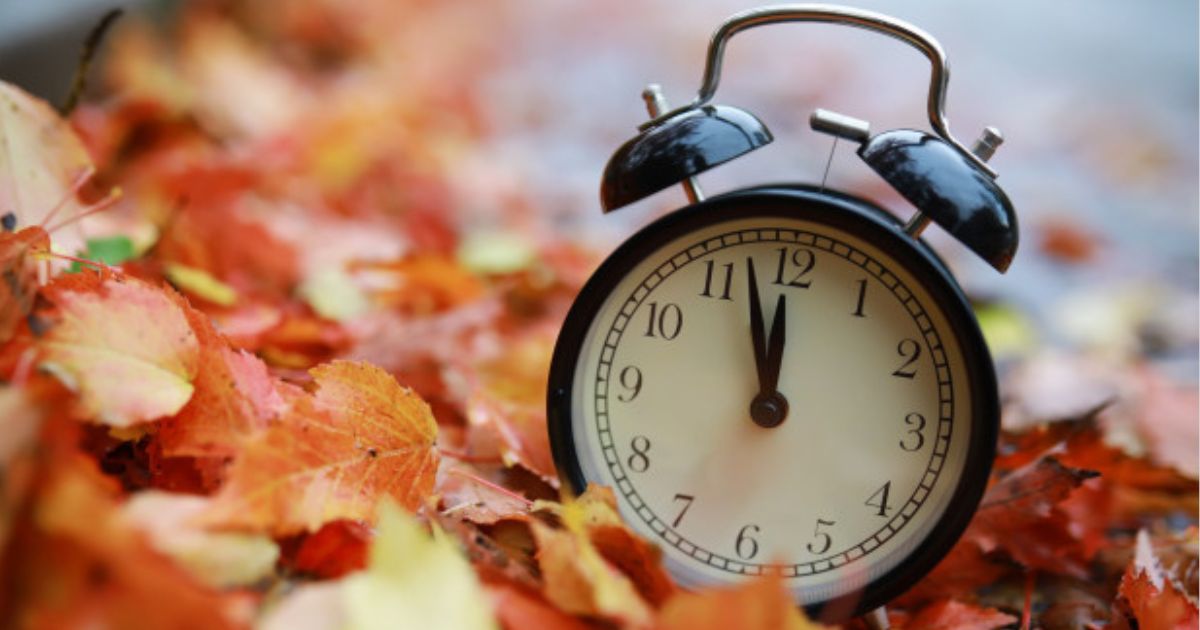As the days shorten and temperatures drop, the phenomenon commonly known as the ‘winter blues’ becomes a shared experience for many. Susi Lodola takes an in-depth look at the research surrounding the effects of diminished light during wintertime and explores the distinctions between the winter blues and the more severe condition known as Seasonal Affective Disorder (SAD).
Unveiling the Seasonal Mood Shifts
In the midst of seasonal changes, the ‘winter blues’ emerge as a mild but noteworthy aspect of our lives. While not classified as a clinical disorder, Lodola emphasizes its potential impact on day-to-day well-being and functionality. Understanding the nature of the winter blues becomes crucial for adopting effective strategies during this period.
Crucial Distinctions: Winter Blues vs. Seasonal Affective Disorder
Distinguishing between the winter blues and SAD holds paramount importance as it guides the level of necessary intervention. Lodola underscores that the winter blues typically manifest as mild symptoms that do not significantly impair daily life. In contrast, SAD represents a more severe condition with persistent feelings of sadness, loss of interest in activities, and substantial changes in appetite and sleep patterns.
Navigating SAD: Criteria and Symptoms
SAD follows specific criteria, with depressive episodes occurring seasonally for at least two years. Lodola outlines the persistent and profound symptoms of SAD, including feelings of sadness, disrupted daily functioning, increased guilt, and physical symptoms such as fatigue and pain. Accurate identification becomes the key to providing individuals with tailored support, whether through lifestyle adjustments or clinical treatment.
Unraveling the Causes of Winter Blues
The winter blues, considered a widespread response to the shorter, darker days of winter, are associated with subtle changes in our bodies. Lodola highlights the disruption of circadian rhythms, the internal body clock regulating sleep and wakefulness, as a primary factor. The reduction in sunlight during winter impacts serotonin levels, a neurotransmitter linked to mood regulation, leading to a general sense of lethargy and melancholy.
Delving into the Causes of SAD
SAD’s roots lie in the regulation of serotonin, with increased serotonin transporter (SERT) levels during winter contributing to reduced serotonin activity and subsequent depression. Lodola elaborates on the overproduction of melatonin, disruptions in circadian rhythms, and the influence of vitamin D. Genetic factors, including the melanopsin gene, also play a crucial role, potentially explaining why some individuals are more susceptible to SAD than others.
Complex Diagnosis and Global Incidence
Diagnosing SAD poses challenges due to its overlap with other mental health conditions. Screening tools, such as the Seasonal Pattern Assessment Questionnaire (SPAQ), aid in diagnosis but should not replace clinical judgment.
Lodola notes that SAD appears to disproportionately affect women, particularly those aged between 20 and 50, with a global incidence of around 5% annually. Interestingly, countries with higher fish consumption report lower SAD rates, suggesting a possible connection to omega-3 fatty acids in their diet.
Effective Treatment Strategies for SAD
Lodola explores various treatment options for SAD, including light therapy, antidepressants, vitamin D supplementation, and counseling, particularly cognitive-behavioral therapy (CBT).
A study comparing light therapy alone to a combination of light therapy and CBT revealed better long-term outcomes for participants treated with CBT. The multifaceted approach emphasizes the need for a comprehensive treatment plan tailored to individual needs.
Practical Tips for Coping with Winter Blues and SAD
Lodola offers practical self-help tips, urging individuals to maximize exposure to natural daylight, engage in regular exercise, maintain consistent sleep schedules, and stay socially connected. These strategies, combined with clinical treatment, provide a holistic approach to managing both the winter blues and SAD.
Navigating Darker Months with Awareness and Support
In summary, while the winter blues and SAD share some similarities, understanding their distinct impacts is crucial for effective psychological support and treatment. Lodola’s comprehensive analysis serves as a guide for recognizing, addressing, and differentiating these conditions. As individuals navigate the darker months, awareness and tailored support become essential in managing the challenges posed by seasonal mood shifts.







Leave a Reply